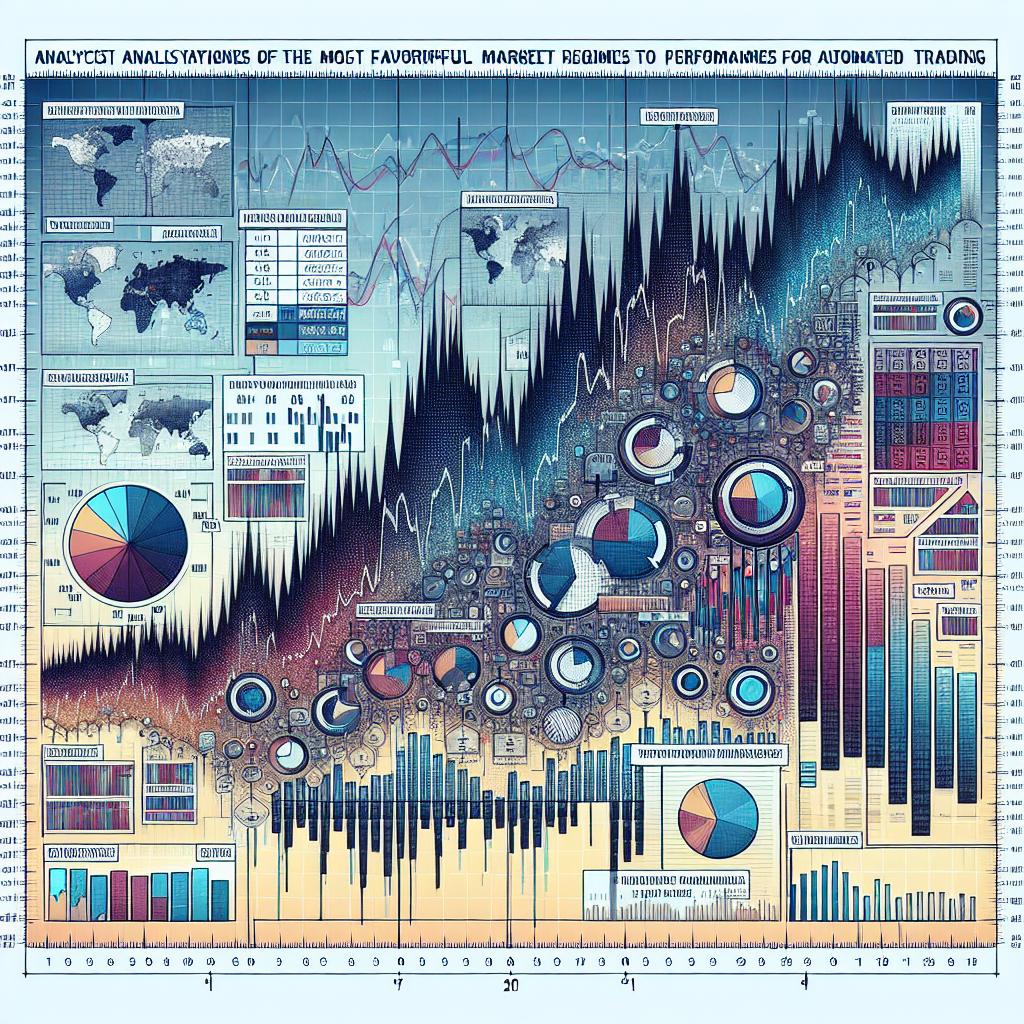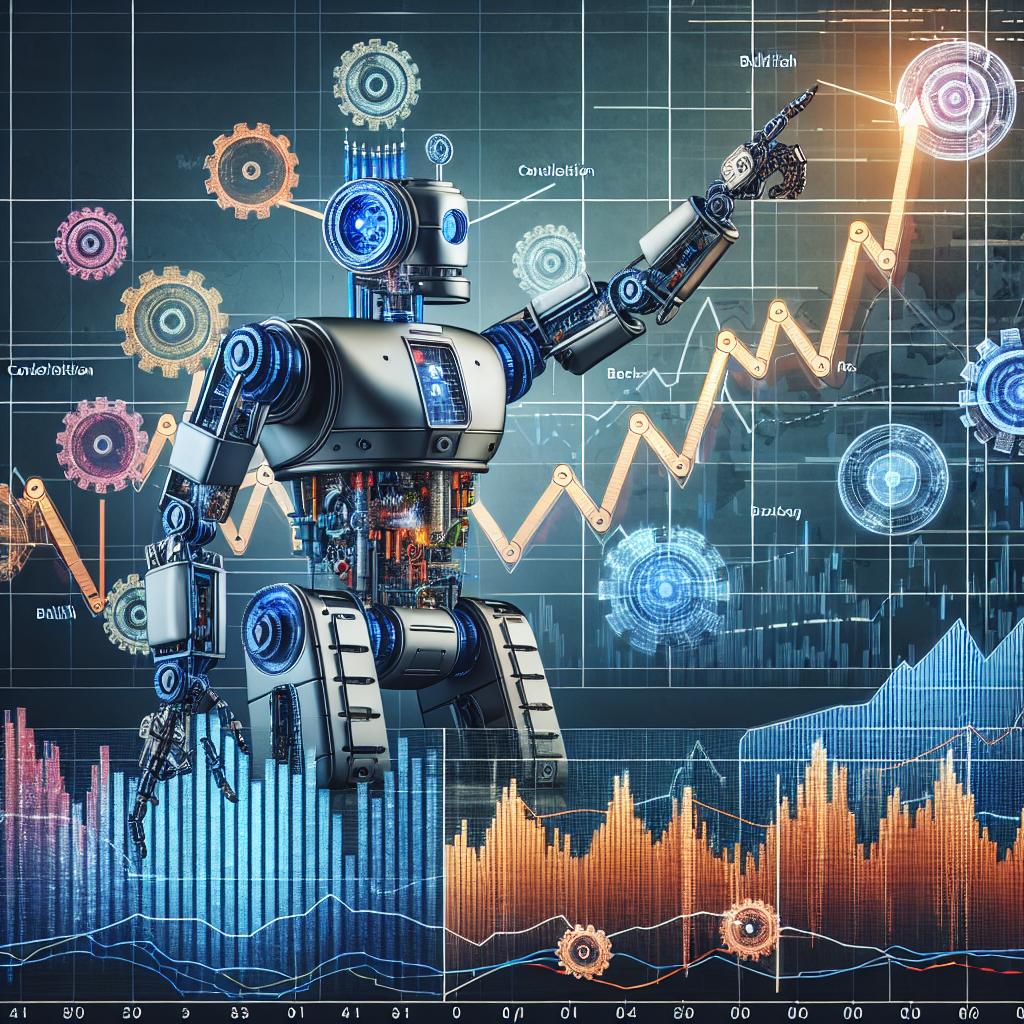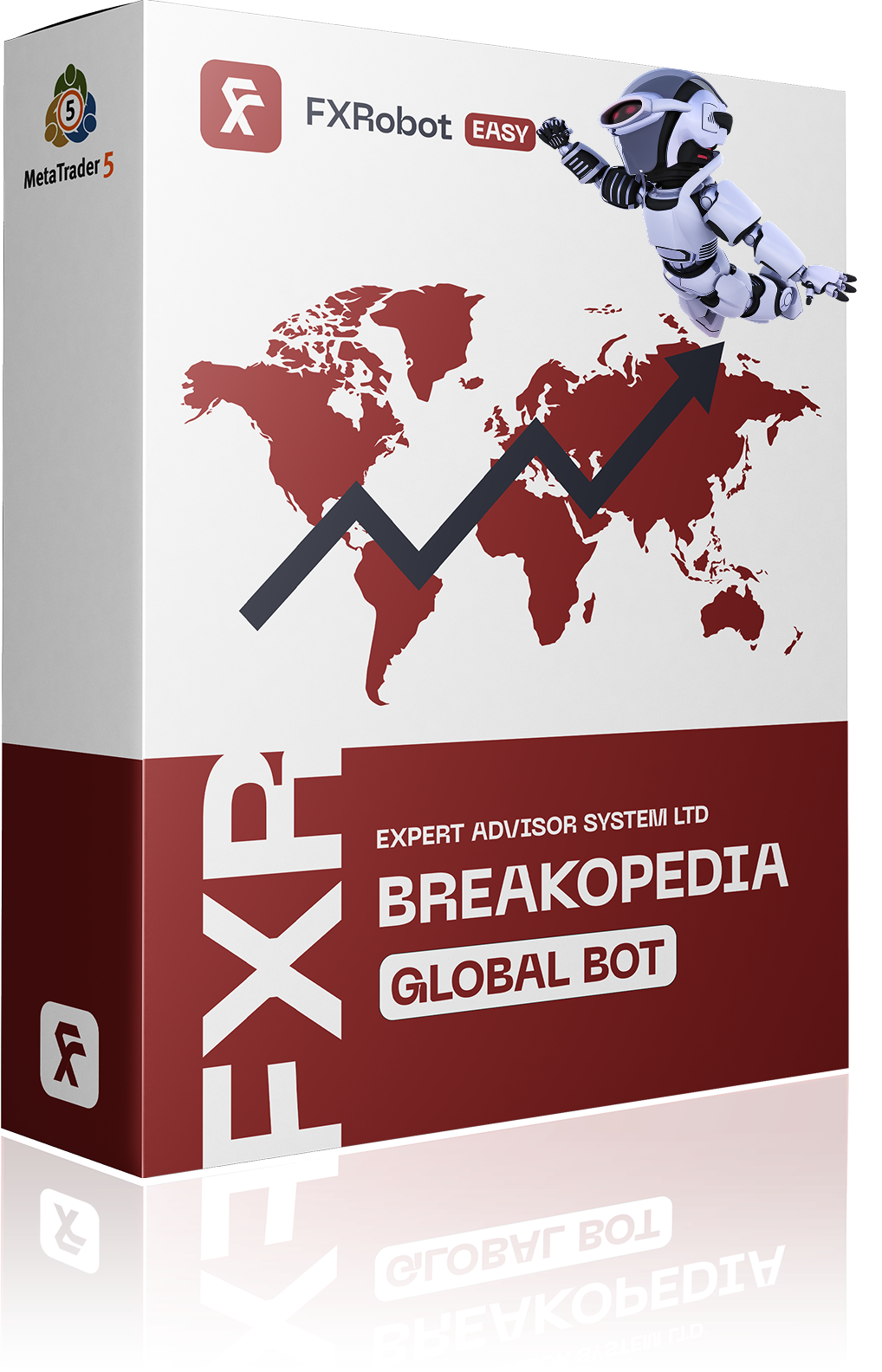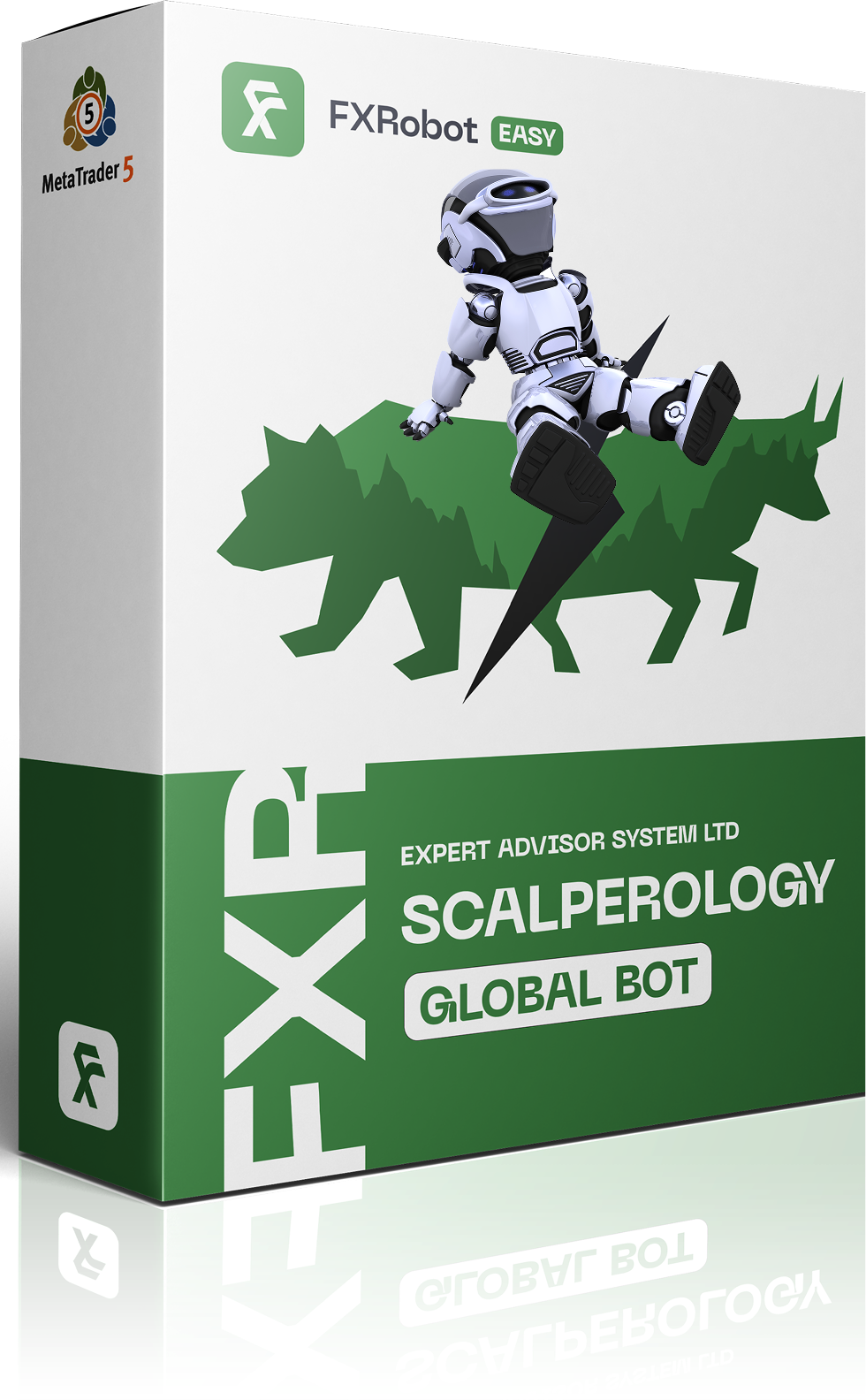In the rapidly evolving world of financial markets, the integration of technology has heralded a significant shift towards automation and the use of sophisticated trading algorithms. Among these technological advancements, Forex trading robots have emerged as pivotal tools in currency trading strategies. However, the efficacy of these robots can vary dramatically across different market regimes. This article delves into the impacts that varying market conditions can have on the performance of Forex trading robots, exploring how traders can optimize their strategies to harness the full potential of these powerful tools. We will examine key elements that influence robot performance including market volatility, regulatory changes, and economic events, providing a comprehensive overview that is essential for both novice and experienced traders aiming to navigate the complexities of automated trading in the Forex market. Join us as we unpack these dynamics and offer insights into effectively adapting trading robots to diverse market environments.
1. **Understanding Market Regimes: Defining Their Role in Forex Trading**
The impact of market regimes on Forex trading robots is profound and multifaceted, necessitating a detailed analysis for any trader leveraging these powerful tools in the currency market. Market regimes in Forex are typically classified into various categories, such as trending, range-bound, or volatile markets, and each type influences robot performance differently. For instance, trading robots configured for trending markets use algorithms designed to detect and follow price trends. They are less effective during periods of low volatility or range-bound markets where price movements are confined within a certain range. Experienced traders should consider using different robots or adjusting the robot’s parameters depending on the current market regime.
To illustrate, traders have witnessed significant impacts on the performance of trend-following trading robots during periods of major economic announcements or geopolitical tensions, which can lead to sudden shifts from a range-bound to a volatile market regime. For example, a Forex trading robot that was capitalizing well on the GBP/USD pair during a stable upward trend might start incurring losses when unexpected Brexit news introduces massive volatility. To navigate such challenges, traders can employ the following strategies:
- Adaptive algorithms: Using robots equipped with adaptive learning technologies to modify their trading parameters in real-time based on current market conditions.
- Risk management features: Integrating advanced risk management functionalities like stop-loss orders or reducing leverage during uncertain market regimes.
- Diverse strategies: Running multiple robots with diverse strategies simultaneously to hedge against any sudden market regime changes.
These steps can help in optimizing the performance of Forex trading robots across different market conditions, thereby potentially increasing profitability and reducing risks.

2. **How Forex Robots Respond to Different Market Conditions**
The fluctuating nature of market regimes can significantly influence the performance of Forex trading robots. Market regimes in Forex refer to various phases such as trending, ranging, and high-volatility periods, each presenting unique challenges and opportunities for automated trading systems. Forex trading robots, designed to implement algorithms for executing trades, must adapt dynamically to these shifts to maintain profitability.
For instance, a robot designed primarily for a trending market might employ strategies like following moving averages or implementing breakout methods. Such a system performs exceptionally well when currencies move strongly in one direction. However, its performance may degrade in a ranging market where prices oscillate within a narrow band. Conversely, robots optimized for ranging markets might use strategies such as oscillator-based indicators (like RSI or Stochastics) to buy or sell at perceived highs or lows within the range.
Real-world examples highlight the importance of adaptive algorithms in trading robots. For example, a popular Forex robot was notably successful during the Brexit announcement and the US election cycle, which were high-volatility regimes. These events led to significant market movements to which the robot could swiftly adjust its trading parameters for capturing quick profits. Nevertheless, during the subsequent periods of reduced volatility and tight ranging, the same robot experienced a decline in performance due to its initial configuration being more responsive to large price swings than to small fluctuations.
To mitigate such issues, many experienced traders recommend using a suite of robots or a robot capable of adjusting its strategies based on current market conditions. Key methods for adaptation often include:
- Employing machine learning techniques to modify the trading criteria based on observed market performance.
- Using a combination of indicators suited for both trending and ranging markets to diversify the trading strategies within the robot.
- Implementational considerations such as reducing trade frequency or adjusting risk parameters based on volatility metrics.
Ultimately, the ability of a Forex trading robot to succeed consistently across different market regimes hinges on its flexibility and the sophistication of its underlying algorithm. Incorporating elements of machine learning and predictive analytics can markedly improve adaptability, potentially leading to higher gains and reduced drawdown during unfavorable market conditions.

3. **Identifying The Most Favorable Market Regimes for Automated Trading**
Forex trading robots, commonly referred to as Expert Advisors (EAs), are designed to automate trading decisions on the foreign exchange market. Their behavior heavily depends on the underlying market regime, which refers to the prevailing market environment characterized by volatility, trend, and liquidity conditions. Understanding these regimes is pivotal in optimizing the performance of Forex trading robots.
A distinct example can be observed in trend-following robots. These EAs perform exceptionally well in markets that exhibit strong and prolonged trends. For instance, during the COVID-19 pandemic, currencies like the US Dollar and the Japanese Yen saw significant trends due to their status as safe-haven assets. During this period, trend-following EAs could capitalize on these movements by holding long positions in these currencies against weaker counterparts. However, in a high-volatility regime lacking a clear trend, the same EAs might generate false signals leading to poor performance.
Moreover, market liquidity is another critical factor that impacts the functioning of Forex trading robots. During periods of high liquidity, such as when major market centers overlap (e.g., London-New York or London-Asian sessions), trading robots tend to perform more reliably due to reduced spreads and slippage. On the other hand, in low liquidity conditions, which might occur during off-market hours or around major news events, robots might face increased transaction costs and even execution delays, negatively affecting their profitability. The following list highlights key influences of market regimes on Forex trading robots:
- Volatility: High volatility can increase the risk of large losses, especially for robots not designed for such environments.
- Trend direction and strength: Trends significantly impact robots that are either trend-following or mean-reversion types; their algorithms depend on specific pattern recognitions tied to market movements.
- Liquidity: Fluctuations in liquidity can affect order execution, affecting strategies that rely on tight spreads and prompt entry/exit executions.
In sum, the efficacy of Forex trading robots is inextricably linked to the prevailing market conditions. Successful traders often customize their EAs to adapt or toggle between different strategies depending on these conditions to bolster their trading robustness and profitability.

4. **Optimizing Forex Trading Robots to Enhance Performance in Varied Market Phases**
Forex trading robots, commonly referred to as Expert Advisors (EAs), have drastically transformed the way trade executions take place in the forex market. The efficiency of these robots, however, largely depends on the prevailing market regime. Market regimes refer to the various market conditions under which these robots operate, such as trending, range-bound, or volatile markets. The impact these conditions have on robot performance is significant, and understanding this can enhance trading strategies.
For example, in a trending market, robots designed with trend-following strategies can perform exceptionally well. They make use of technical indicators like moving averages or MACD to determine the direction and strength of market trends. On the other hand, during range-bound markets, these same trend-following robots might struggle, while robots equipped with strategies designed for low volatility, such as channel trading or oscillators, could thrive. Consider the case where a trader uses a trend-following EA during a prolonged period of consolidation; the robot may end up generating numerous false signals, leading to ineffective trades:
- Over-buying or selling on minor price fluctuations
- Frequent trade entries and exits which could lead to increased transaction costs
- Potential overleveraging in an attempt to regain losses
Furthermore, the advent of sophisticated algorithms has allowed for the development of more adaptable trading robots that can dynamically adjust their trading rules based on market feedback. For example, an EA equipped with machine learning capabilities might analyze past market conditions and outcomes to refine its strategy under similar future conditions. This adaptability can be crucial during unexpected market shocks or shifts, where less flexible robots might falter. Traders, however, should remain aware of the risks such as overfitting, where a robot may perform well on past data but poorly in actual trading conditions.
the efficiency of forex trading robots is directly linked to their ability to successfully navigate through different market regimes. Traders should select and configure their robots considering the market conditions they are primarily active in, opting for adaptable EAs for greater resilience and performance consistency. Regular backtesting against various market scenarios also remains a critical practice to ensure ongoing effectiveness of these automated systems.

5. **Case Studies: Successful Forex Robots in Action Across Multiple Regimes**
Understanding the impact of market regimes on Forex trading robots is crucial for traders who rely on automation. Market regimes, characterized by varying levels of volatility and market trends, significantly affect the performance of trading algorithms. For instance, during high volatility periods such as during economic announcements or geopolitical tensions, Forex robots can either reap high returns or suffer abrupt losses due to rapid price changes. Conversely, in a low volatility regime, these robots may perform steadily but generate smaller profits.
One notable example involves common trading robots like the trend-following Expert Advisors (EAs). These EAs are designed to capitalize on prolonged market movements. However, their performance can be compromised in a ranging market where price movements are limited and less directional. For instance, a trend-following EA might struggle during the consolidation phase of the EUR/USD pair, often seen after major economic releases from the EU or the US. To mitigate risks and enhance performance, Forex trading robots often incorporate dynamic risk management strategies that adjust according to the prevailing market regime.
Moreover, algorithm developers have been integrating machine learning techniques to better adapt to changing markets. These advanced Forex robots analyze historical and real-time data to predict market conditions and adjust their trading strategies accordingly. For example, during the Brexit negotiations, adaptable trading robots that could quickly interpret market sentiment shifts and adjust their strategies in real-time were able to outperform others that lacked this adaptive capability. Traders should ensure that their trading robots can dynamically adapt to various market conditions, enhancing their chances of achieving consistent profitability.
Therefore, it is imperative for those using Forex trading robots to understand the characteristics of different market regimes and prepare to adjust the settings or operational parameters of their robots accordingly. Regular back-testing against diverse market scenarios and continuous strategy refinement can help determine the most effective settings for each market environment. Utilizing Forex trading robots effectively requires a blend of technological proficiency and ongoing adaptation to the ever-changing Forex market landscape.







